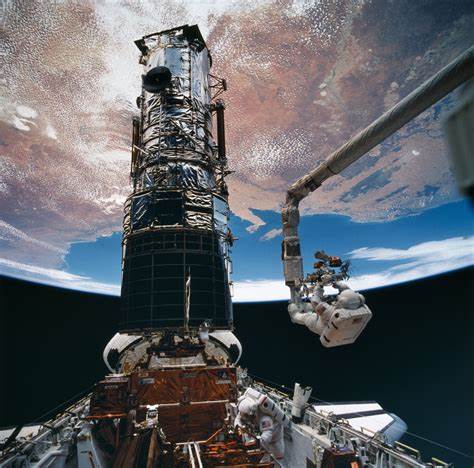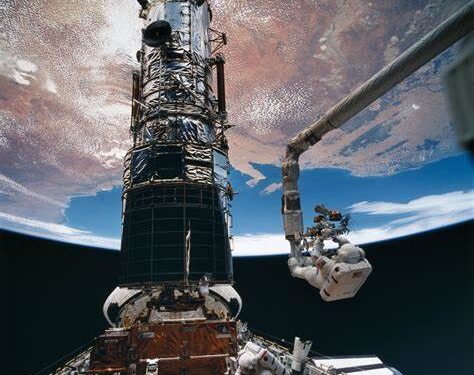The Voyager 2 spacecraft was launched in 1977 and it is now more than 20 billion kilometers away from Earth. Now, NASA’s Jet Propulsion Laboratory (JPL) says that it plans to keep the spacecraft’s science instruments turned on for a few years longer than previously anticipated.
Yet the Voyagers remain on the cutting edge of space exploration. Managed and operated by NASA’s Jet Propulsion Laboratory in Southern California, they are the only probes to ever explore interstellar space– the galactic ocean that our Sun and its planets travel through.
Voyager 2 and Voyager 1 are only one spacecraft that have ever operated outside the heliosphere, which is considered to be the border of our solar system. The heliosphere is a bubble of particles and magnetic fields generated by the Sun. Both the Voyager spacecraft is helping scientists better understand the heliosphere and how it protects our planet from interstellar energetic particles and other radiation

The Sun and the planets reside in the heliosphere, a protective bubble created by the Sun’s magnetic field and the outward flow of solar wind (charged particles from the Sun). Researchers – some of them younger than the two distant spacecraft – are combining Voyager’s observations with data from newer missions to get a more complete picture of our SUN and how the heliosphere interacts with interstellar space.
Power-saving measures for Voyager 2
Both Voyager 1 and Voyager 2 are powered by radioisotope thermoelectric generators (RTGs) or “nuclear batteries.” These nuclear batteries convert the heat from decaying plutonium into electricity.
Since the plutonium is continuously decaying, it means that the generator produces lesser and lesser power as time goes on. According to JPL, the declining power supply has not impacted the mission’s science objectives so far. This is because engineers have turned off heaters and other non-essential systems to keep the probes going.
But they have run out of such power-conservation options on Voyager 2. Interestingly, one of Voyager 1’s science instruments failed early into the mission meaning that it could continue operating for almost another year before scientists have to consider new power-saving methods like the one tried with Voyager 2.
The Voyagers are also ambassadors, each carrying a golden record containing images of life on Earth, diagrams of basic scientific principles, and audio that includes sounds from nature, greetings in multiple languages, and music. The gold-coated records serve as a cosmic “message in a bottle” for anyone who might encounter the space probes. At the rate gold decays in space and is eroded by cosmic radiation, the records will last more than a billion years.

Beyond Expectations
Voyager 2 launched on Aug. 20, 1977, quickly followed by Voyager 1 on Sept. 5. Both probes traveled to Jupiter and Saturn, with Voyager 1 moving faster and reaching them first. Together, the probes unveiled much about the solar system’s two largest planets and their moons. Voyager 2 also became the first and only spacecraft to fly close to Uranus (in 1986) and Neptune (in 1989), offering humanity remarkable views of – and insights into – these distant worlds
To accomplish their two-planet mission, the spacecraft were built to last five years. But as the mission went on, and with the successful achievement of all its objectives, the additional flybys of the two outermost giant planets, Uranus and Neptune, proved possible — and irresistible to mission scientists and engineers at the Voyagers’ home at the Jet Propulsion Laboratory in Pasadena, California. As the spacecraft flew across the solar system, remote-control reprogramming was used to endow the Voyagers with greater capabilities than they possessed when they left the Earth. Their two-planet mission became four. Their five-year lifetimes stretched to 12 and is now near forty-three years. Eventually, between them, Voyager 1 and 2 would explore all the giant outer planets of our solar system, 48 of their moons, and the unique systems of rings and magnetic fields those planets possess.



